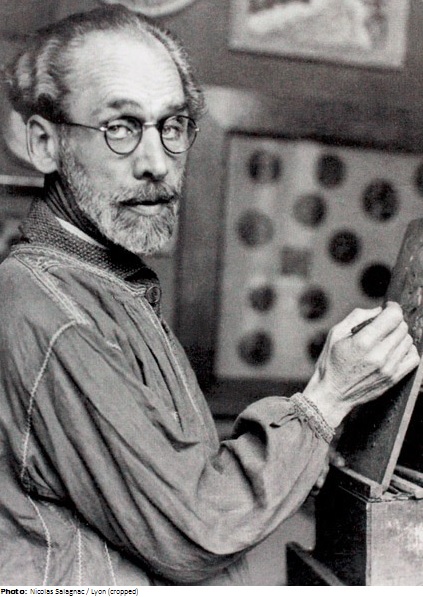Henri Dropsy

Biographical information
| Roles | Competed in Olympic Games |
|---|---|
| Sex | Male |
| Full name | Henri•Dropsy |
| Used name | Henri•Dropsy |
| Born | 21 January 1885 in Paris IIIe, Paris (FRA) |
| Died | 2 November 1969 (aged 84 years 9 months 12 days) in Veneux-les-Sablons, Seine-et-Marne (FRA) |
| NOC |  France France |
Biography
Henri Dropsy studied at the École des Beaux-Arts beginning in 1900, learning first from his father Jean-Baptiste Émile Dropsy. He then studied under Émile Thomas, Frédéric Vernon, Jean-Antoine Injalbert, and Auguste Patey. In 1908 Dropsy won the premier “Second Grand Prix de Rome” for drafts of medals. After 1910 he was self-employed artistically. The First World War initially inhibited his artistic development until he traveled to Italy and North Africa on a scholarship in 1922. His comparatively simple medals are based on ancient models. Well-known medals show French politicians such as Briand and Clémenceau.
In 1930 Dropsy became a professor and for 25 years director of the department of medal art at the École Nationale Supérieure des Beaux-Arts in Paris. In 1942, he was admitted to the Académie des Beaux-Arts. After the war, the Paris mint eventually honored his work. In 1947, he was a professor for one year at the École des Beaux-Arts in Cairo, Egypt. Dropsy designed the medal that was gifted to Queen Elizabeth II by Vincent Auriol, President of France from 1947-54, on the occasion of her coronation. He created another medal a few years later commemorating the Queen’s visit to France.
Dropsy’s father Jean-Baptiste Émile had also been a medalist, and his brother Lucien Emile (1886-1915), who died in World War I, was a sculptor and medalist.
The medals and plaques submitted under the title A frame containing a variety of sporting, plates and medals are listed in the 1924 Official Report: a) Victory (bronze plaque); b) Victory (bronze medal), c) Dancer (medal); d) Dancer (medal); e) Dancer (medal); f) Hercules (badge); g) Hercules (plaque front and back); h) Hercules (badge); i) Education of Hercules (bronze cast); j) Education of Hercules (tin-cast); k) Winner (bronze cast); l) Winner (tin cast); m) Pendants (Victory, Hercules, etc …); n) Sports medals (bronze). The medals and plaques designed for various clients probably come from a period of more than 10 years before the Olympic Games in Paris. The formats vary in the range of less than 10 cm. The Dancer portrays famous ballerina Isidora Duncan. There is no detailed information about the medals shown in 1928. Some may have been exhibited on both occasions.
Results
| Games | Discipline (Sport) / Event | NOC / Team | Pos | Medal | As | |
|---|---|---|---|---|---|---|
| 1924 Summer Olympics | Art Competitions |  FRA FRA |
Henri Dropsy | |||
| Sculpturing, Open (Olympic) | ||||||
| 1928 Summer Olympics | Art Competitions |  FRA FRA |
Henri Dropsy | |||
| Sculpturing, Medals And Reliefs, Open (Olympic) |